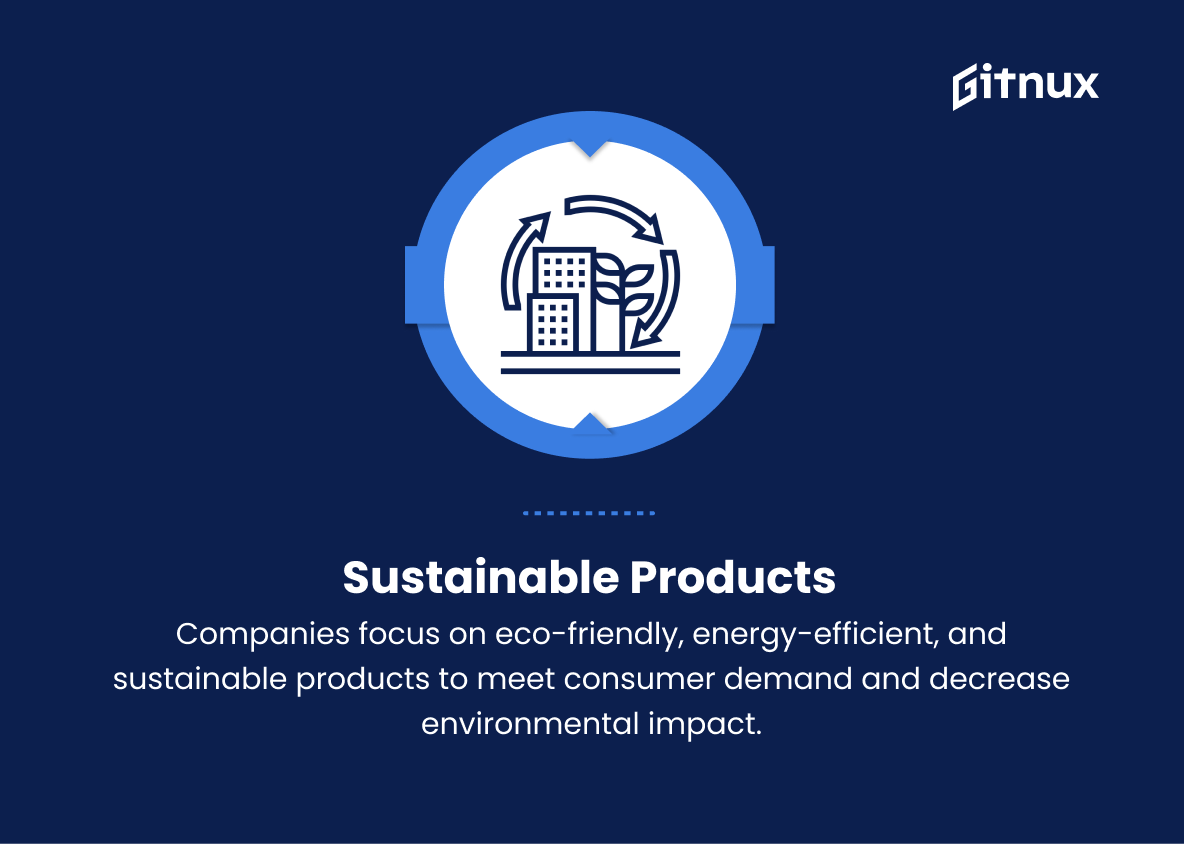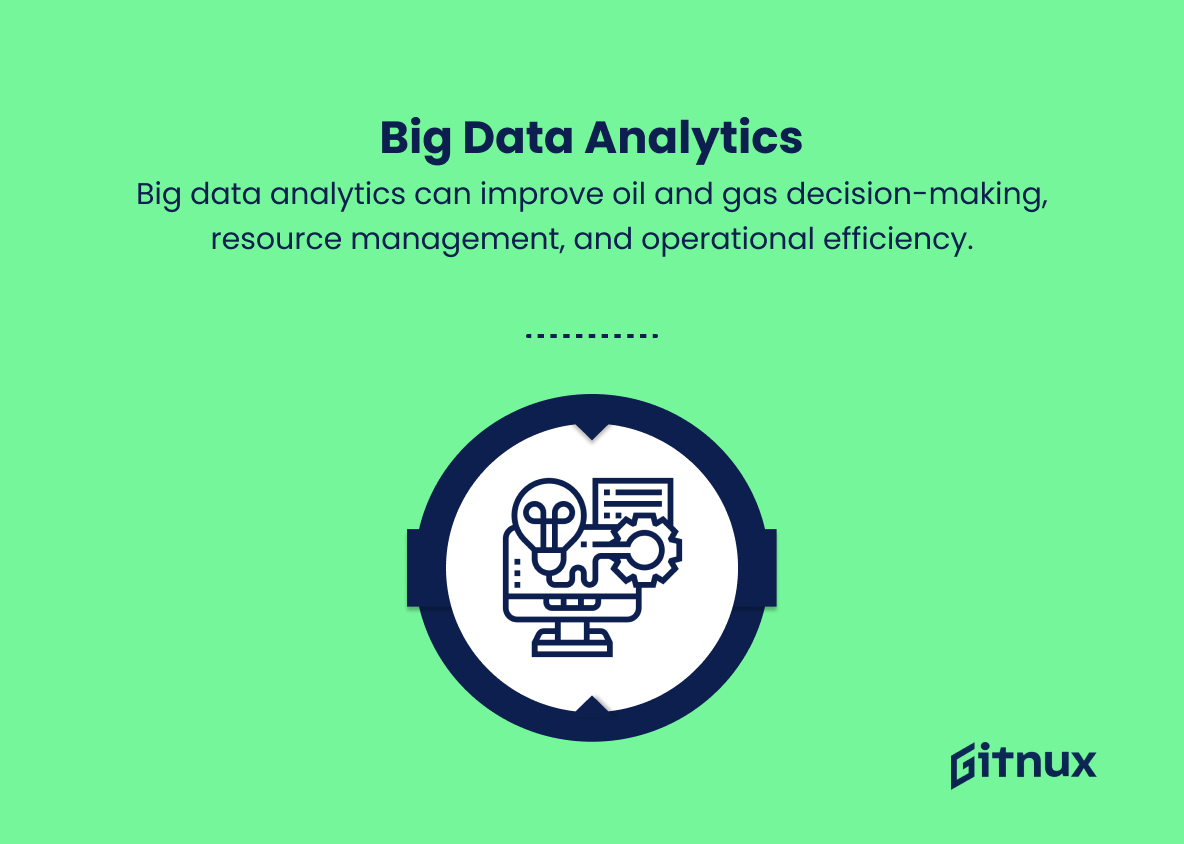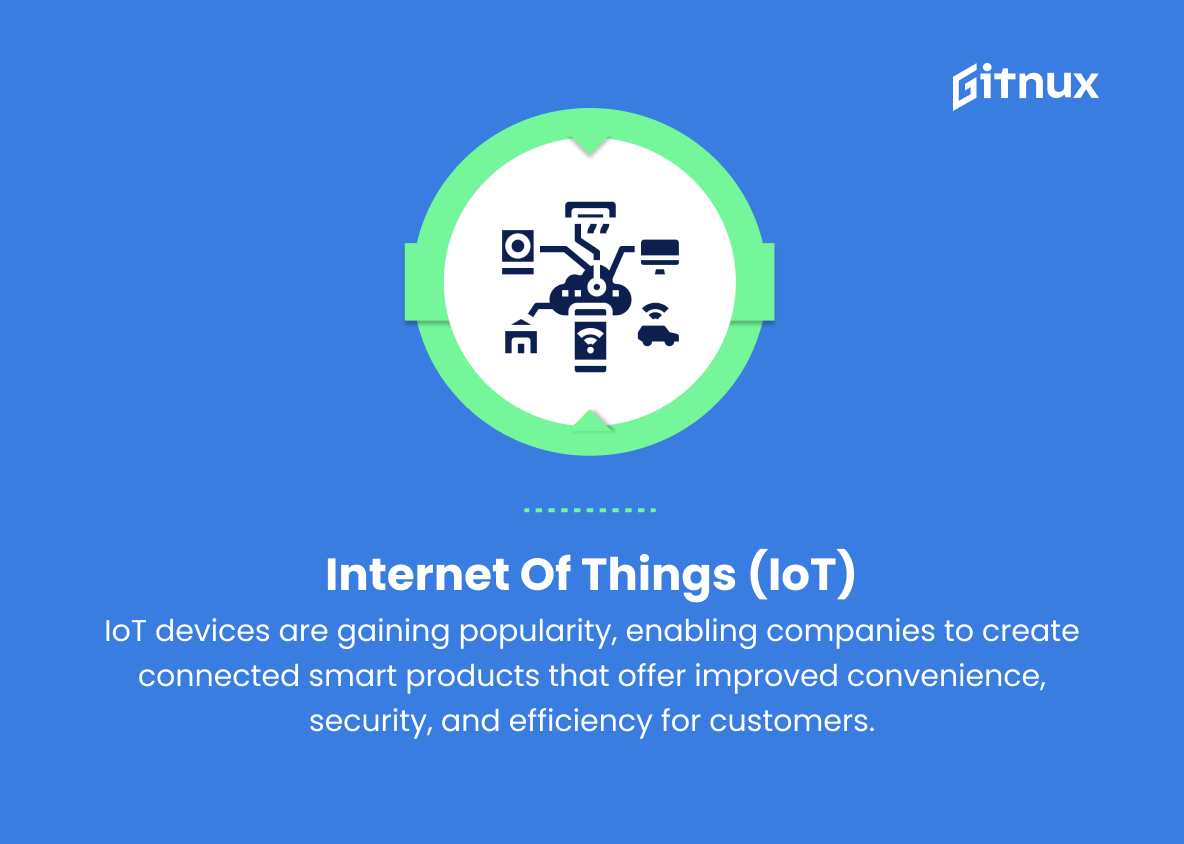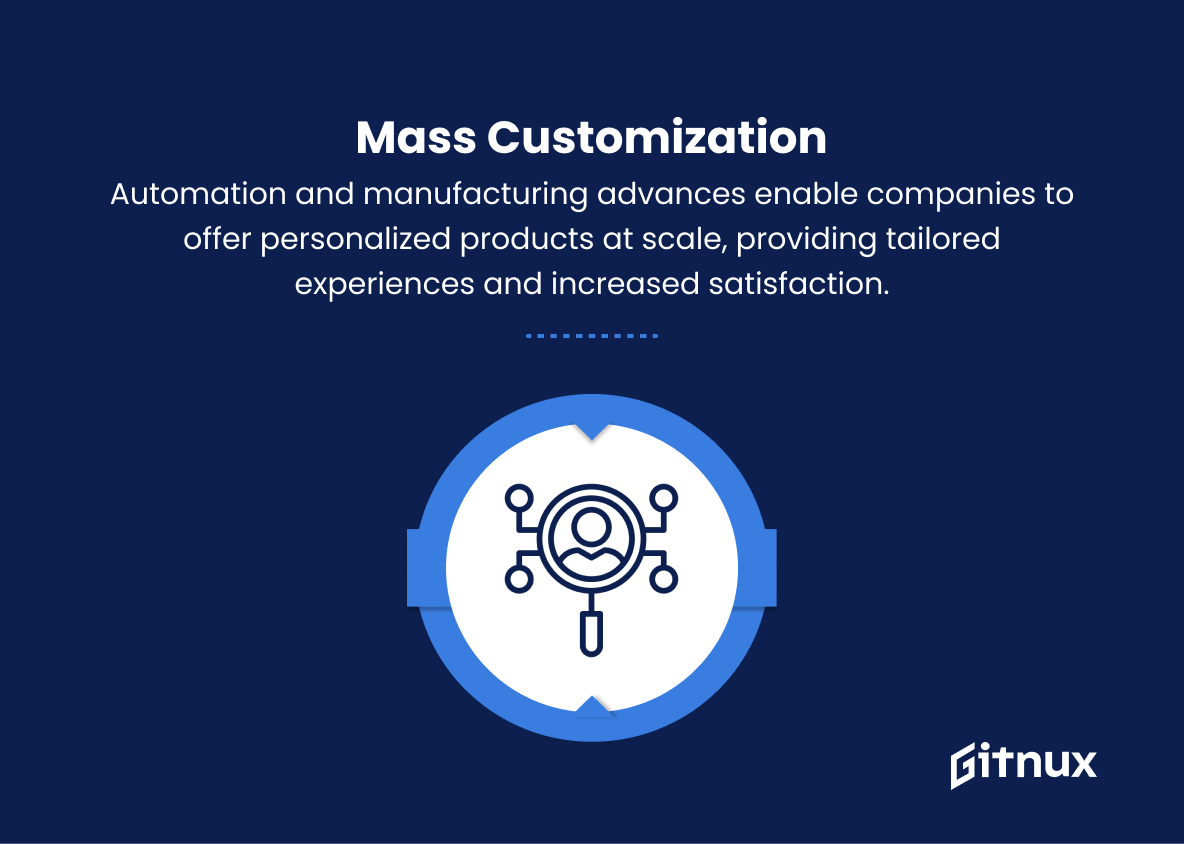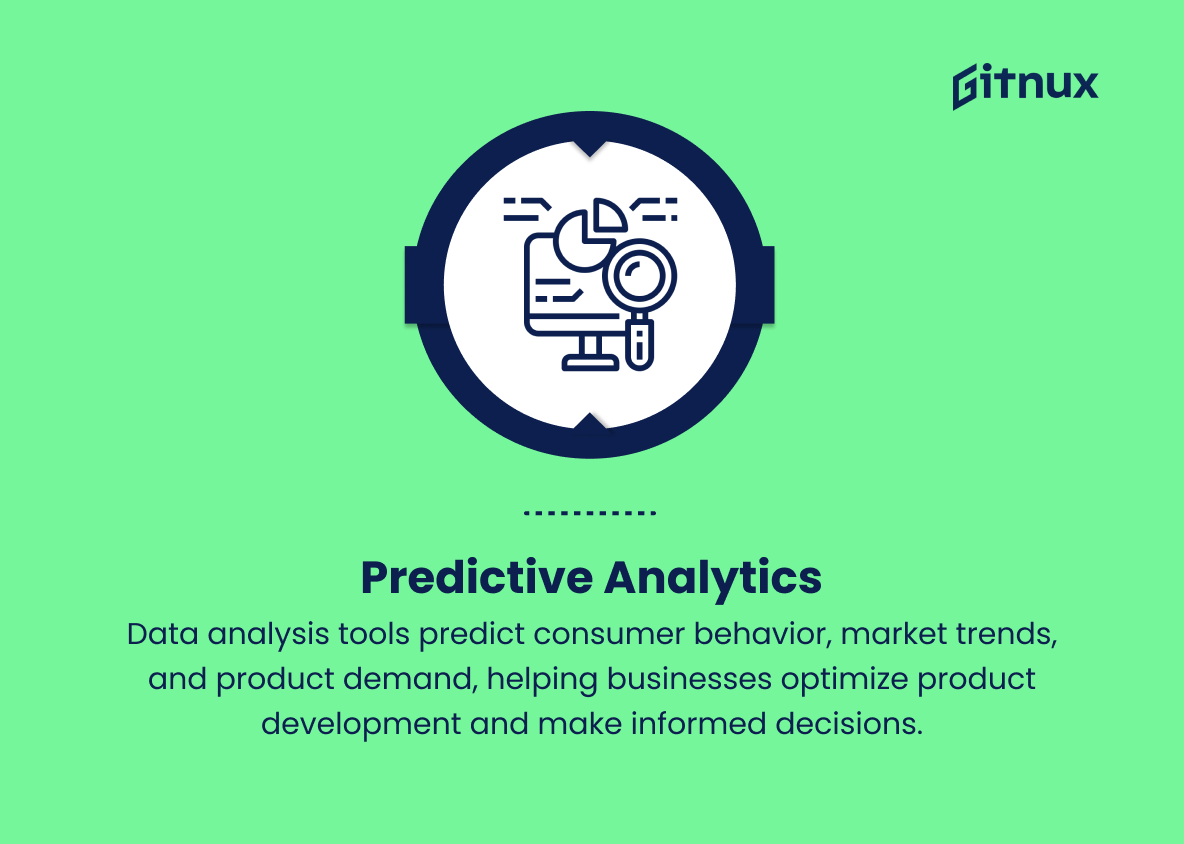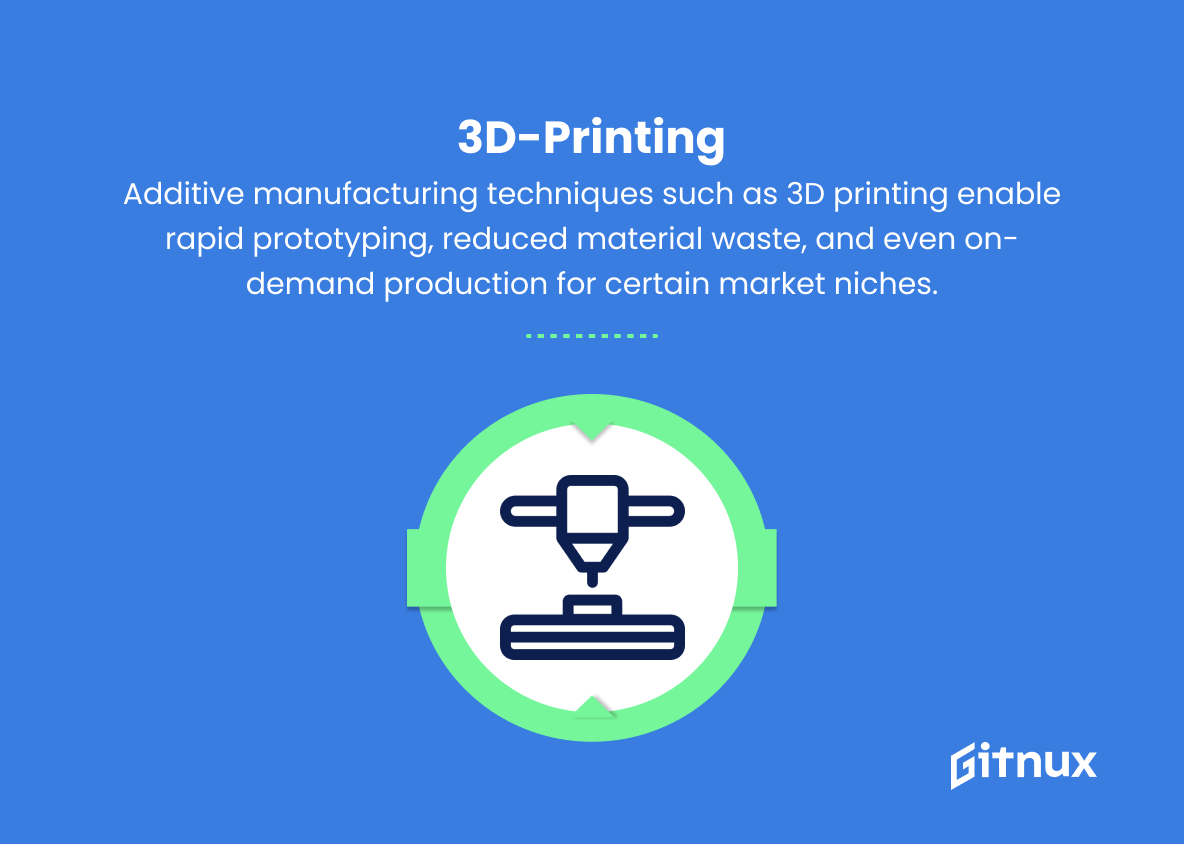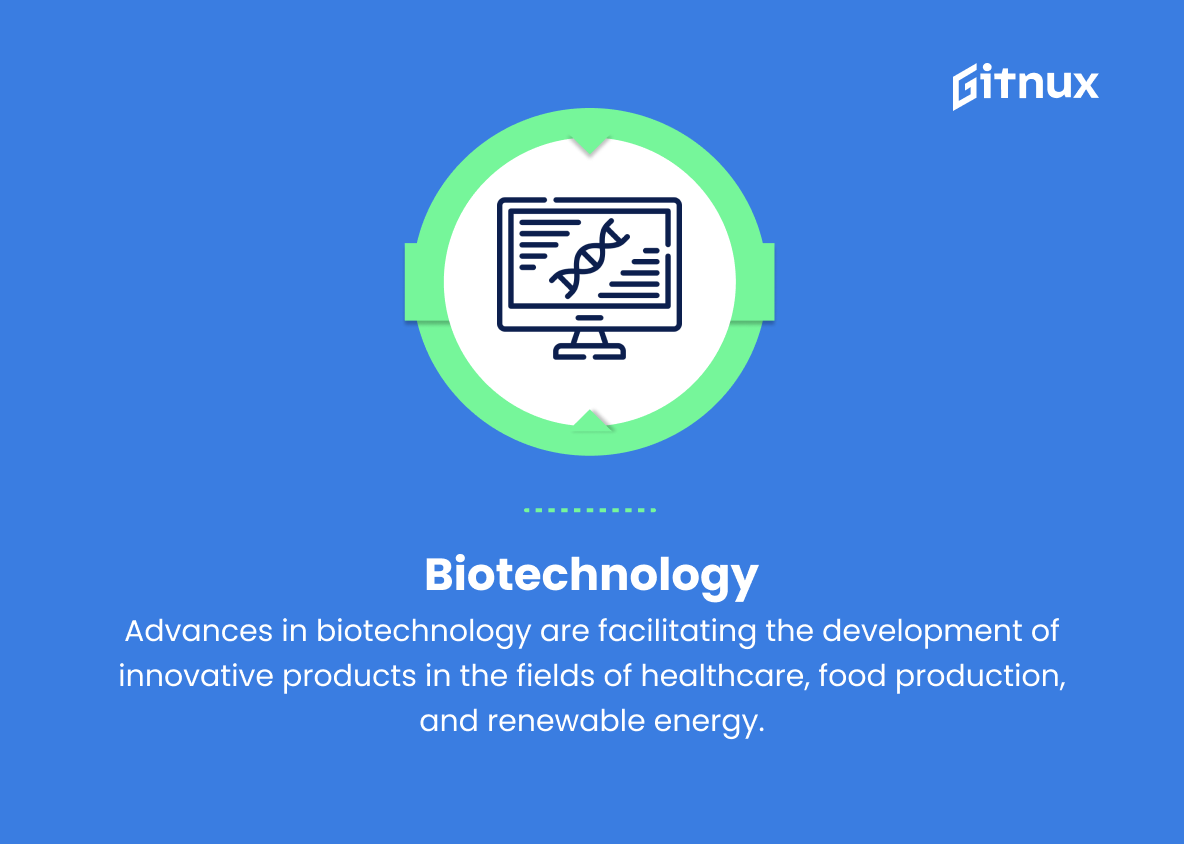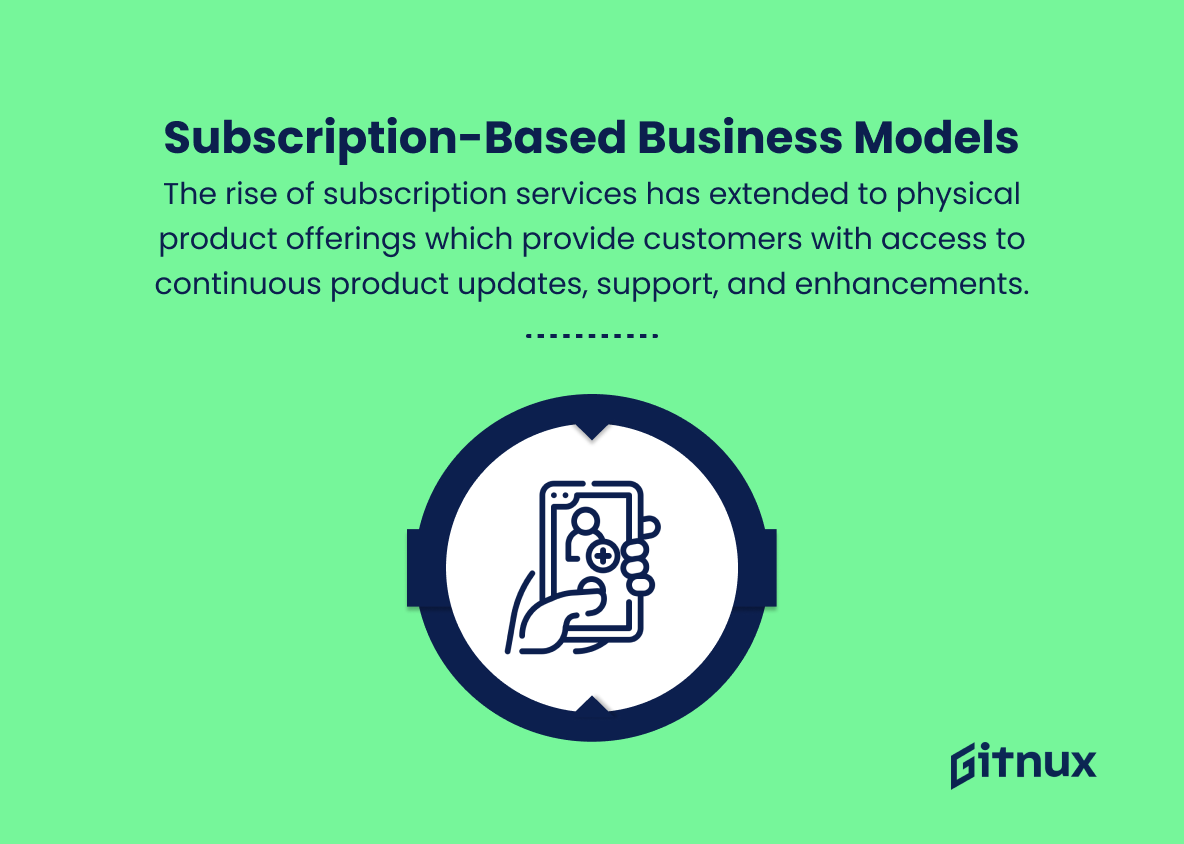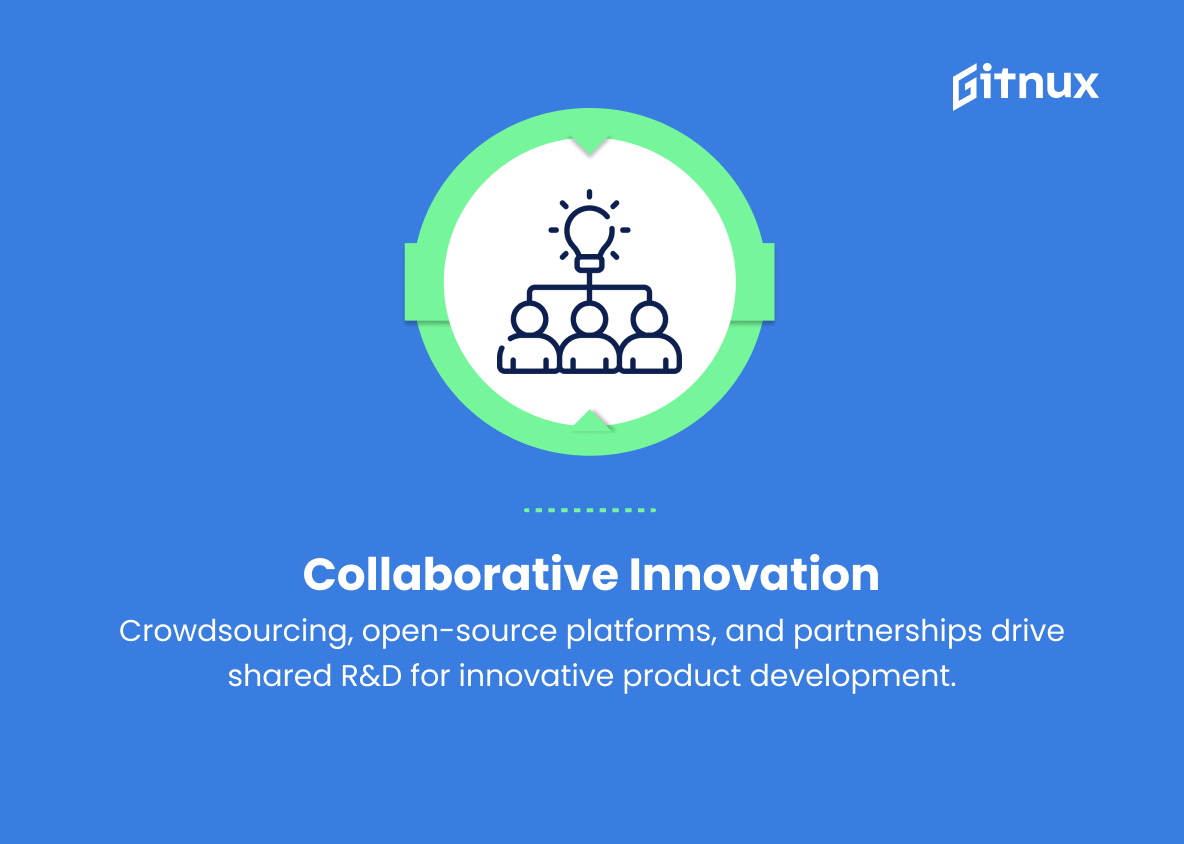In today’s rapidly evolving business landscape, staying on the cutting edge of product development is more critical than ever. With emerging technologies, shifting consumer demands, and increasing competition, it is imperative for companies to be aware of and adapt to the latest trends in the world of product development.
In this insightful blog post, we will delve into some of the most significant and influential trends that are shaping the future of product development, offering valuable insights and practical advice for businesses seeking to maintain a competitive edge and foster innovation. Join us as we explore these prominent trends and discuss their implications for businesses across various industries, ensuring that your products are not only relevant but also unparalleled in their quality and appeal.
Top Product Development Trends
1. Sustainable products
More companies are focusing on creating eco-friendly, energy-efficient, and sustainably sourced products to decrease environmental impact and meet consumer demands for sustainable options.
2. Artificial intelligence (AI) and machine learning (ML)
Companies are increasingly integrating AI and ML technologies to improve product development processes, such as data analysis for market research, prototyping, and quality control.
3. Internet of Things (IoT)
IoT devices are gaining popularity, enabling companies to create connected smart products that offer improved convenience, security, and efficiency for customers.
4. Mass customization
Advances in automation and manufacturing technology are allowing companies to offer personalized products on a larger scale, providing end-users with tailored experiences and increased satisfaction.
5. Predictive analytics
Using data analysis tools to predict consumer behavior, market trends, and product demand, businesses can optimize product development strategies and make more informed decisions about product offerings.
6. 3D-printing
Additive manufacturing techniques such as 3D printing enable rapid prototyping, reduced material waste, and even on-demand production for certain market niches.
7. Augmented reality (AR) and virtual reality (VR)
Companies utilize these technologies to create immersive product experiences that generate consumer interest and drive sales.
8. Robotics and automation
The use of robotic systems in product development helps companies reduce labor costs, improve efficiency, and increase production speed.
9. Biotechnology
Advances in biotechnology are facilitating the development of innovative products in the fields of healthcare, food production, and renewable energy.
10. Material innovations
Developments in advanced materials, like graphene and nanomaterials, open up possibilities for entirely new product categories and improvements in existing product performance.
11. Circular economy
Companies are designing products with the entire lifecycle in mind, including recyclability, reparability, and upgradability, to minimize waste and create a sustainable economic model.
12. Digital twin technology
The creation of digital replicas of physical products allows companies to simulate and optimize product performance, maintenance, and development processes.
13. Voice technology and natural language processing (NLP)
Emerging voice technology allows products to offer hands-free, speech-based interactions for improved accessibility and user experience.
14. Subscription-based business models
The rise of subscription services has extended to physical product offerings which provide customers with access to continuous product updates, support, and enhancements.
15. Collaborative innovation
Crowdsourcing, open-source platforms, and partnerships between organizations promote shared research and development, leading to innovative product development solutions.
These trends demonstrate the growing impact of technology and sustainability efforts on product development processes, ensuring that companies remain competitive in the rapidly evolving marketplace.
Implications
As a futurist, I predict that the aforementioned product development trends will lead to a future where innovative, eco-friendly, and personalized products dominate the market. Sustainable products will become the norm as companies aim to reduce their environmental footprint, catering to consumers’ increasing demand for eco-conscious options. Technological advancements such as AI, ML, IoT, and data analytics will streamline product development by improving market research, enhancing product functionality, and predicting consumer behavior.
Thanks to 3D-printing, mass customization, and material innovations, companies will be able to tailor products to individual preferences and create entirely new product categories. Furthermore, emphasis on circular economy and digital twin technology will minimize waste and optimize product performance throughout their lifecycle.
AR, VR, voice technology, and NLP have the potential to revolutionize human-product interactions, augmenting user experiences and accessibility. The subscription-based business model’s rise will foster customer loyalty by delivering continuous updates, support, and enhancements. Lastly, collaborative innovation will facilitate shared R&D and foster partnerships between organizations, accelerating the development of groundbreaking products. In essence, the interplay of these trends will profoundly shape industries and markets, pushing businesses to continually adapt and innovate in response to consumers’ evolving needs and expectations.
Conclusion
In conclusion, the landscape of product development is continuously evolving with emerging trends, innovative technologies, and changing consumer preferences taking center stage. The success of businesses today hinges on the ability to adapt and respond to these shifts, ensuring that products are in line with market demands and optimized for user experience.
By embracing advanced methodologies like Agile, leveraging big data analytics for informed decision-making, incorporating sustainability into the design process, and tapping into the potential of disruptive technologies such as AI, IoT, and AR/VR, companies can foster a robust product development pipeline for future growth. Staying abreast of these trends and constantly fine-tuning processes will enable organizations to maintain their competitive edge as the world of product development transforms before our very eyes.
